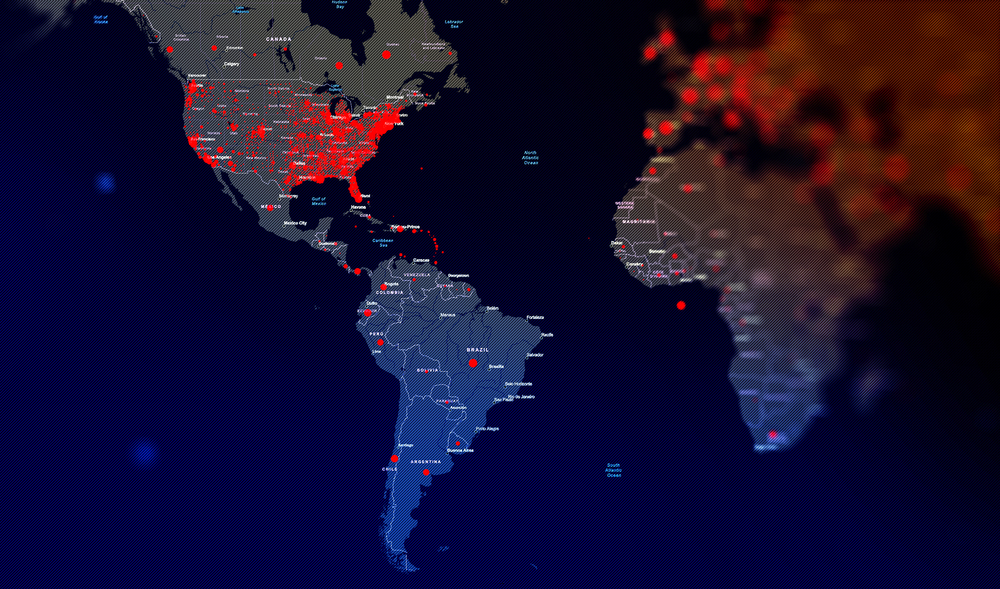Book Reviews
Philosophical Aesthetics
Quantum Computing
Global Value Chains
Peace and Stability Operations
Autonomous Intelligent Enterprise
Artificial Intelligence

Global Value Chains
The Cocoa Crisis and the Holidays
Cocoa prices surged due to weather problems in West Africa, disease, and aging trees, raising chocolate costs. Companies are increasing prices and exploring alternatives like gene editing and improved cocoa extraction techniques.

Global Value Chains
Risk Management: Sleeping When the Wind Blows
Organizations face unprecedented chaos in a BANI world (Brittle, Anxious, Nonlinear, Incomprehensible), requiring AI-powered solutions that deliver resilience, explainability, anticipation, and lucidity (REAL) to navigate complex supply chain risks effectively.

Global Value Chains
Reimagining Supply Chain Management
Organizations must move beyond VUCA and BANI frameworks by getting REAL—becoming Resilient, Explainable, Anticipatory, and Lucid—through AI-driven autonomous supply chains that successfully transform operational chaos into competitive advantage.

Global Value Chains
Will There Be Any Ho, Ho, Ho-liday Shopping?
Holiday sales expected to grow 4%, reaching $975 billion—slowest since pandemic. Consumers prioritize value and experiences over discretionary spending. Successful retailers must emphasize omnichannel strategies and value beyond discounts.Retry

Global Value Chains
Food Trends Are Redefining the CPG Sector
The food and beverage industry faces declining sales due to inflation while companies adapt to emerging consumer trends including wellness, functional foods, sustainability, clean labels, AI technology, and weight-loss innovations.

Global Value Chains
The Importance of the Global South
The Global South represents 85% of global population and growing economic power. China dominates partnerships there while America risks losing influence over critical minerals, markets, and future growth.
.jpg)
Personal Dispatches: Reflections on today’s society through the lens of Fortune Magazine December 1941

Global Value Chains
Robotic Process Automation: Let the Bots do the Dirty Work
Companies are responsible for ethical sourcing throughout their supply chain. Risks include reputational damage, regulatory issues, and infiltration by malicious actors. Data analysis and cognitive computing systems can help companies identify and mitigate these risks.

Global Value Chains
Additive Manufacturing continues to Mature
Additive manufacturing (3D printing) is revolutionizing manufacturing. It excels in prototyping and customized products but is slow for mass production. Challenges include speed, standardization, and environmental impact. The future looks bright for 3D printing in many industries.

Global Value Chains
Making Manufacturing Fun for Future Generations of Workers
Industry 4.0 is the next industrial revolution driven by AI, robotics, and 3D printing. It will make manufacturing more efficient but will also eliminate some jobs. The article explores ways to attract younger workers to these jobs, including gamification and making factories more data-driven. Existing workers can also be prepared for Industry 4.0 by focusing on continuous learning, problem-solving, and interpersonal communication skills.

Global Value Chains
Industry 4.0 and Digital Twins
Digital twins are virtual representations of physical products or processes. They use data to improve manufacturing by predicting problems, optimizing designs and processes, and creating better products. They are especially useful for complex and expensive machinery.

